The mold life is 1 million times or more than 1 million times. This is the SPI-SPE standard, long-running molds with the highest quality steel and processing.
1. General specifications of the mold
1) Need detailed mold design and parts drawing.
- The minimum hardness of the mold material is 280hb. (dme# 2/4140).
- The cavity and core steel must be quenched by HRC48-52. Other mold parts, such as slide rails, wedge plates, wear plates, wedge plates, etc. The hardness is HRC54-56. For mold parts that are in contact with each other, there is a 4-HRC difference in steel requirements.
- The ejection board needs an ejection guidance system.
- Wear plates are required for the slope and bottom of the slide.
- In the cavity, core, slider, lifter, template, etc., where cooling is needed, additional cooling channels should be installed.
- During the entire service life of the mold, the corrosion in the cooling channel reduces the cooling efficiency, thereby reducing the quality of the parts and extending the cycle time. Therefore, it is recommended that the cavity, core, slider or insert containing the cooling channel be made of corrosion-resistant materials or treated with corrosion protection.
- All molds require interlocks, tape locks, parting line locks or other centring components.
- Mold flow analysis is required to determine the gate location, exhaust location, and perform deformation simulation.
- The water outlet and water inlet of the cooling hole must be marked, and there must be a nameplate indicating the cooling water circulation and water temperature.
- All mold parts should be marked with material type and hardness.
- The size of all eyebolts must be marked.
- A mold label is required to display the mold number, part number, mold size, and mold weight.
2) Mold Test
- Use the correct plastic material and confirm that the material is dry.
- All cooling needs to be connected, and the mold temperature needs to be measured during the production process to reach or close to the temperature required by the material.
- Mold testing needs to use scientific and correct injection parameters.
- The mold requires automatic and uninterrupted production for 4-6 hours.
- Determine if the parts can be removed with a robot or by falling off automatically.
- When testing the mold, it is necessary to do the CPK test with the 32 samples marked with the time serial number.
2. What can you see from the mold?
- DFM report.
- Mold flow analysis report.
- 3 d + 2 d mold design.
- Project progress.
- Weekly mold process report and digital pictures.
- Cavity, core, slider, lifter-three coordinate measurement report.
- Test pictures and videos of injection molding process and machine setting parameters.
- Run for 4-6 hours, 5-30 free samples per trial.
- FAI report.
- Creatine phosphokinase report.
- 3D mold design and mold delivery.
- Detailed 2D design for all mold components.
- Mold operation instructions and maintenance.
- List of steel and parts.
- Certification of steel and parts.
- Steel heat treatment certificate.
- Electrodes used to make molds.
- Some fragile blades and spare blades.
- Mold inspection report before shipment.
- Mold vacuum packaging.
- Load inspection.
- 365/24/7 on-call service.

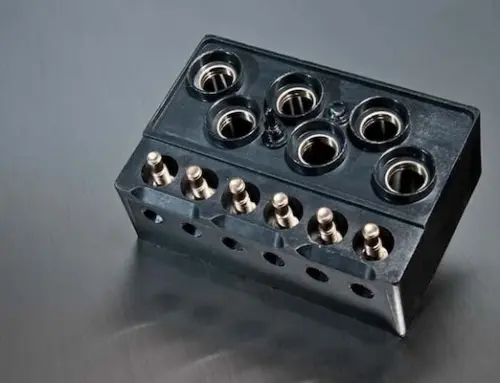
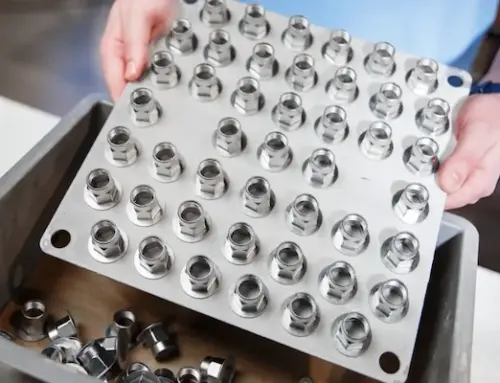
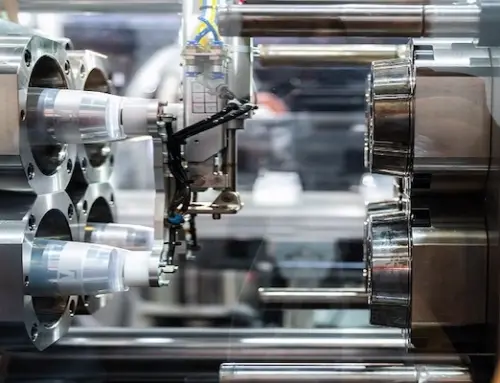
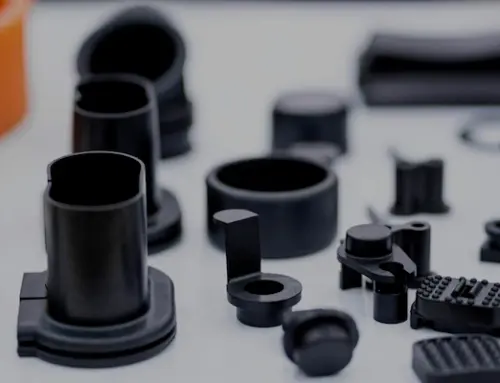
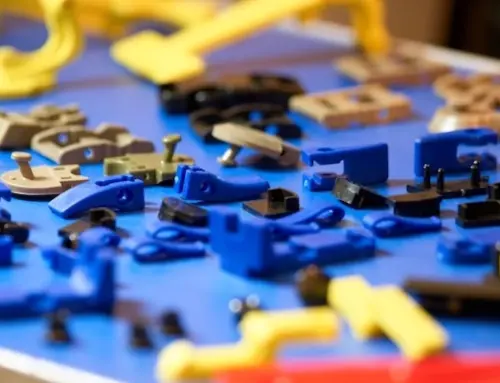
Leave A Comment